Dogs aren’t just loyal companions—they’re also playing a surprising role in saving endangered species around the world. With their powerful noses and trainable nature, conservation dogs are helping scientists track rare animals, detect invasive species, and even locate illegal wildlife products. From sniffing out turtle nests to protecting rhino habitats, these four-legged heroes are making a real impact. It’s a beautiful example of how the bond between humans and dogs can do more than offer comfort—it can help protect the planet. Who knew saving wildlife could come with a wagging tail?
The Extraordinary Nose: How Dogs Detect the Undetectable

Dogs have a sense of smell that is nothing short of miraculous—often described as tens of thousands of times better than our own. For wildlife conservation, this superpower is a game-changer. Conservation dogs can sniff out animal scat, rare plants, or even elusive species that humans would never spot. For example, teams have trained dogs to find the droppings of endangered animals like tigers, cheetahs, and even rare reptiles. These samples help scientists study animal diets, health, and population sizes without disturbing the creatures themselves. Imagine a dog wagging its tail as it finds a clue that could save a whole species—it’s both inspiring and astonishing.
Tracking Down Poachers: Dogs on the Front Lines
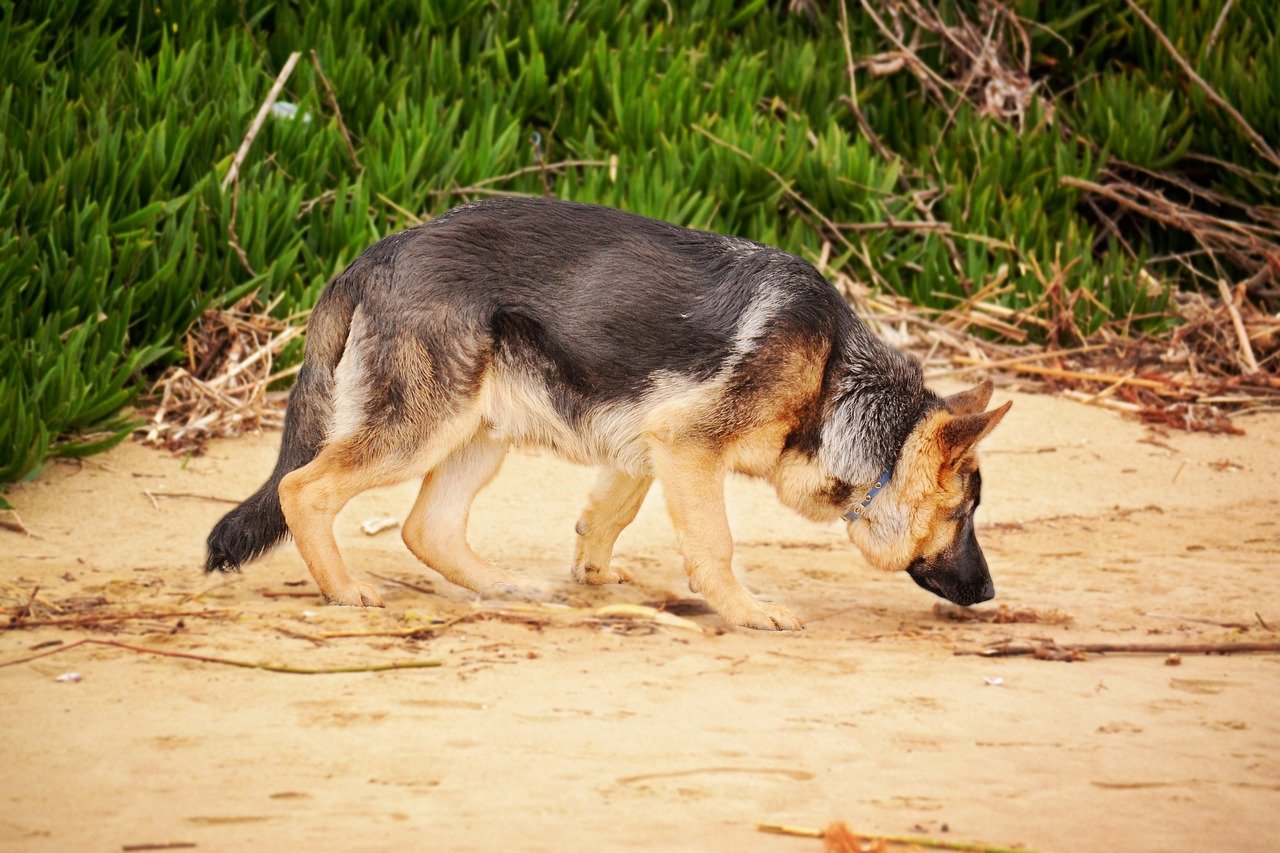
Poaching remains one of the cruelest threats to endangered species. But dogs have become the unsung heroes in the battle against wildlife crime. Specially trained anti-poaching dogs work alongside rangers to patrol reserves, sniffing out weapons, traps, or illegal animal products like ivory and rhino horn. These canine teams can cover vast areas quickly and silently, often catching poachers before they strike. Their presence alone can deter would-be criminals. It’s almost like having a furry, four-legged detective, fiercely loyal to the cause of protecting the voiceless.
Canine Conservationists: Helping Monitor Animal Populations
Scientists often struggle to monitor wildlife, especially in dense forests or remote habitats. Dogs step in as tireless field assistants, searching for animal tracks, scat, or even live animals. By collecting these clues, dogs help researchers estimate population sizes, track movements, and map out habitats. For endangered species like the Amur leopard or the black-footed ferret, this information is crucial. The work is tough—long hours, tough terrain, and sometimes harsh weather—but the dogs seem to love every minute, tails wagging all the way.
Finding Invasive Species Before They Spread

Not all threats to wildlife come from poachers or habitat loss. Invasive plants and animals can also wreak havoc, sometimes silently. Dogs are trained to sniff out invasive species—whether it’s a single beetle hiding in cargo or a plant seed that could choke out native growth. Their ability to find these threats early means that conservationists can act fast, protecting fragile ecosystems from further harm. It’s almost like dogs are nature’s own emergency response team.
Rescuing Endangered Animals: Search and Locate Missions
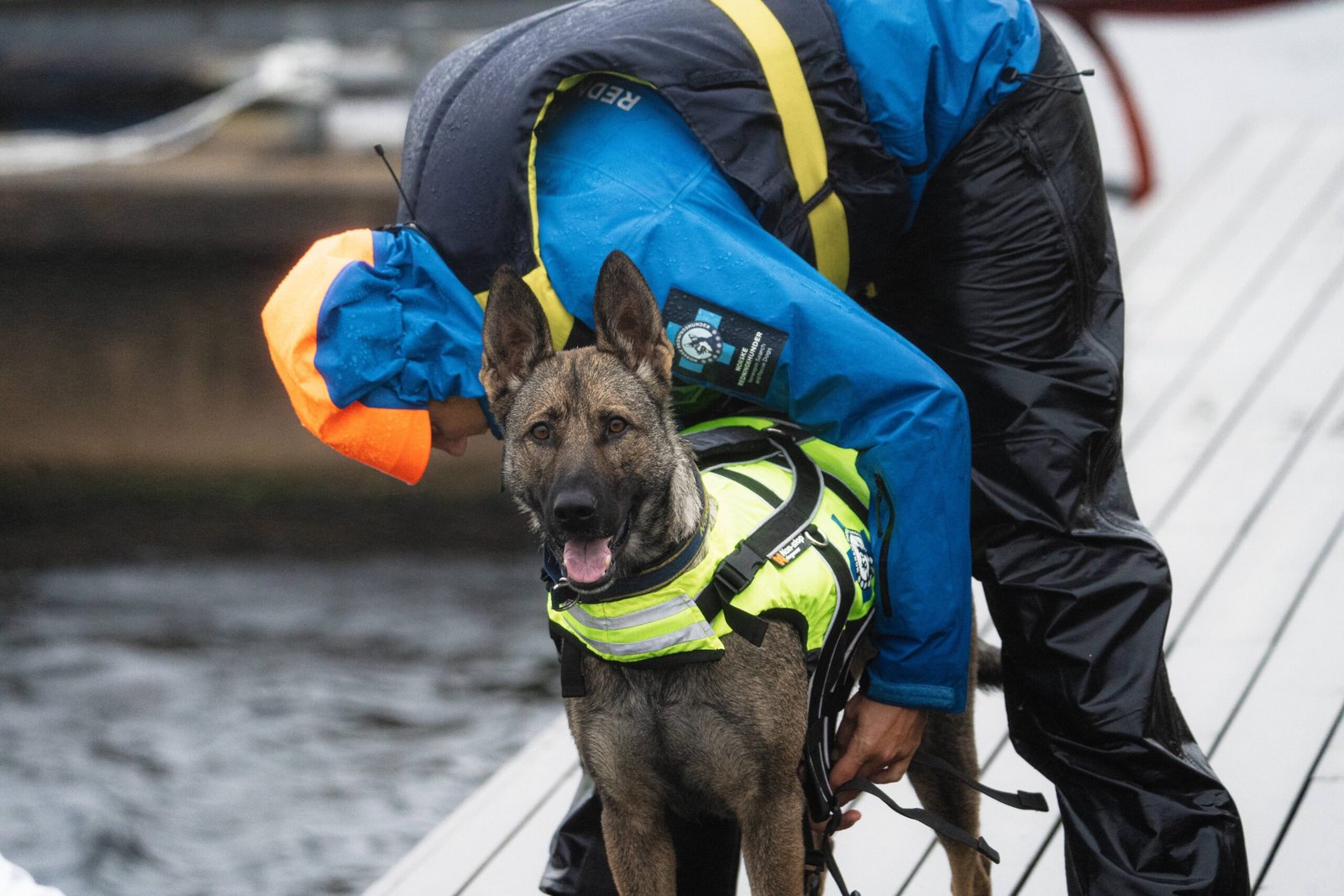
Sometimes, endangered animals get trapped, injured, or lost. Dogs have proven invaluable in search and rescue missions, using their keen senses to locate animals in distress. In Australia, for example, dogs have helped find koalas after devastating wildfires, guiding rescuers to where the animals are hiding. The emotional bond that forms between these working dogs and the animals they save is touching—proof that heroism can have four paws and a wagging tail.
Uncovering Hidden Wildlife Crimes: Detection at Borders and Airports
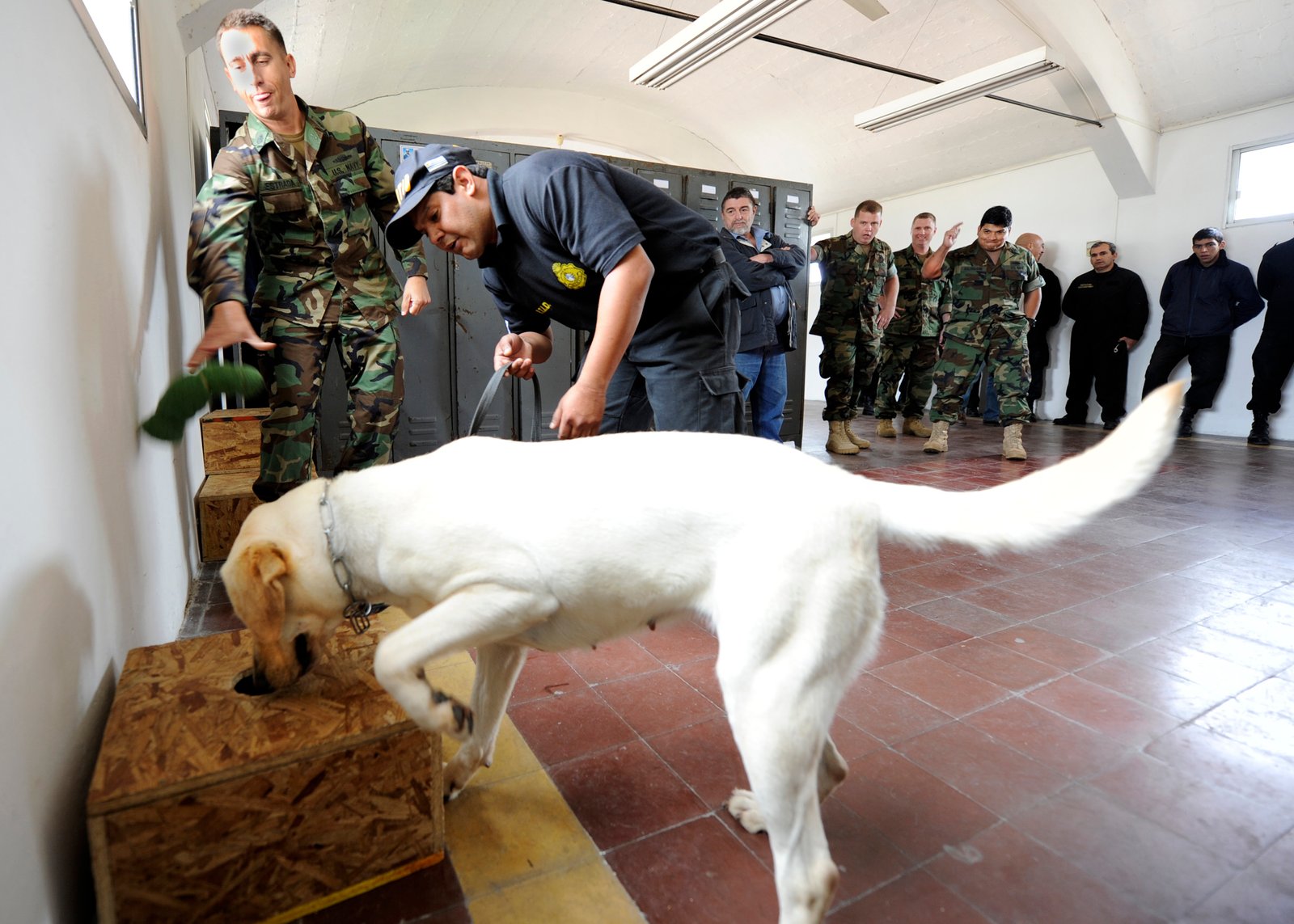
Wildlife trafficking is a global problem, and smugglers are always looking for new ways to evade the law. Dogs are now stationed at airports, seaports, and borders, trained to sniff out illegal products like ivory, pangolin scales, and exotic birds. Their accuracy and persistence make them a nightmare for traffickers and a lifeline for endangered species. These canine detectives can turn a routine inspection into a rescue mission, stopping illegal cargo before it reaches the black market.
Assisting with Disease Control and Biosecurity
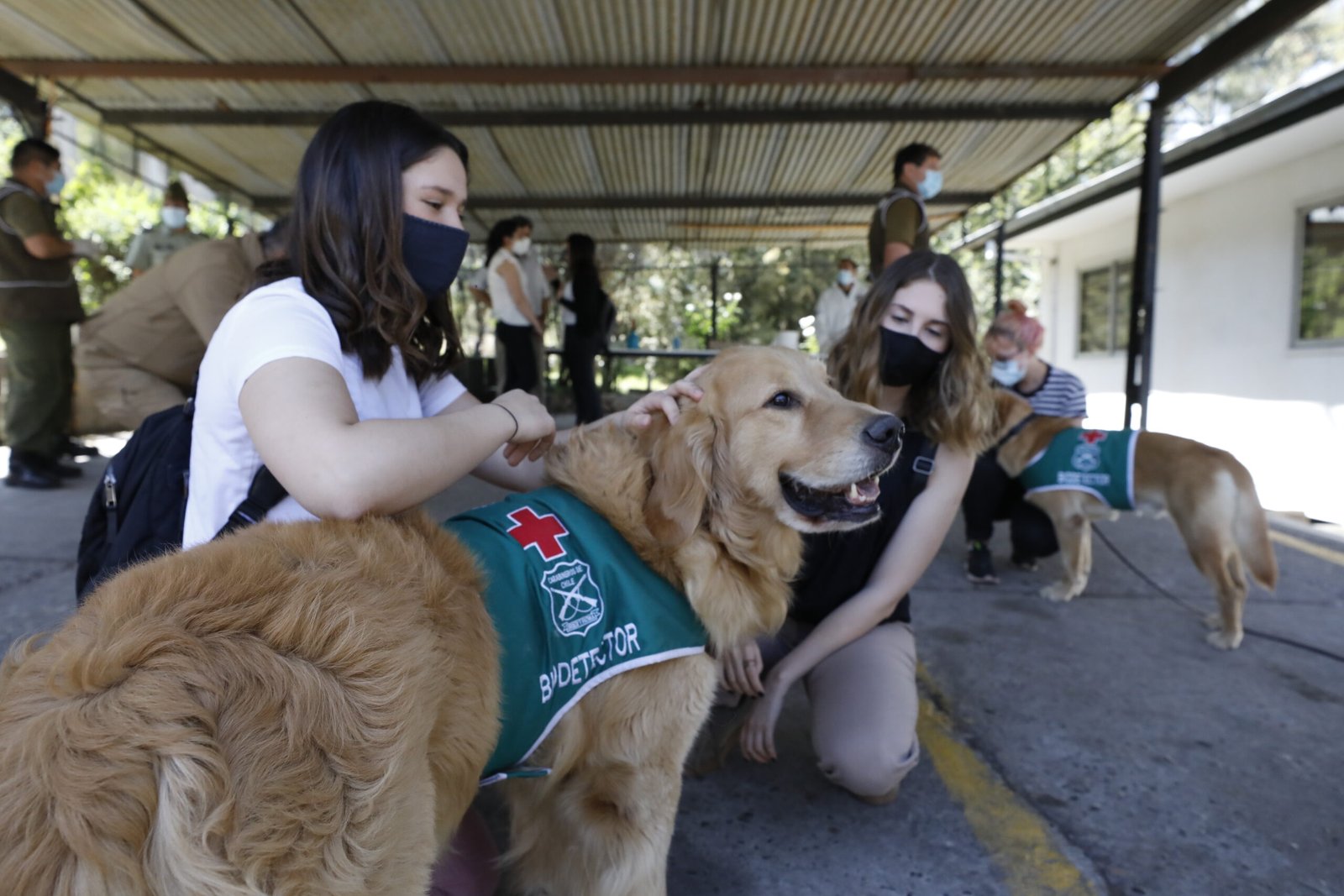
Emerging diseases can devastate wild populations, especially in species that are already struggling. Dogs are now being trained to detect diseases by scent, including fungal infections that threaten amphibians or viruses that could wipe out entire colonies. By detecting illness early, conservationists can quarantine affected animals and prevent outbreaks. It’s a role that combines science and compassion, as dogs help give endangered species a fighting chance.
Building Community Trust and Awareness
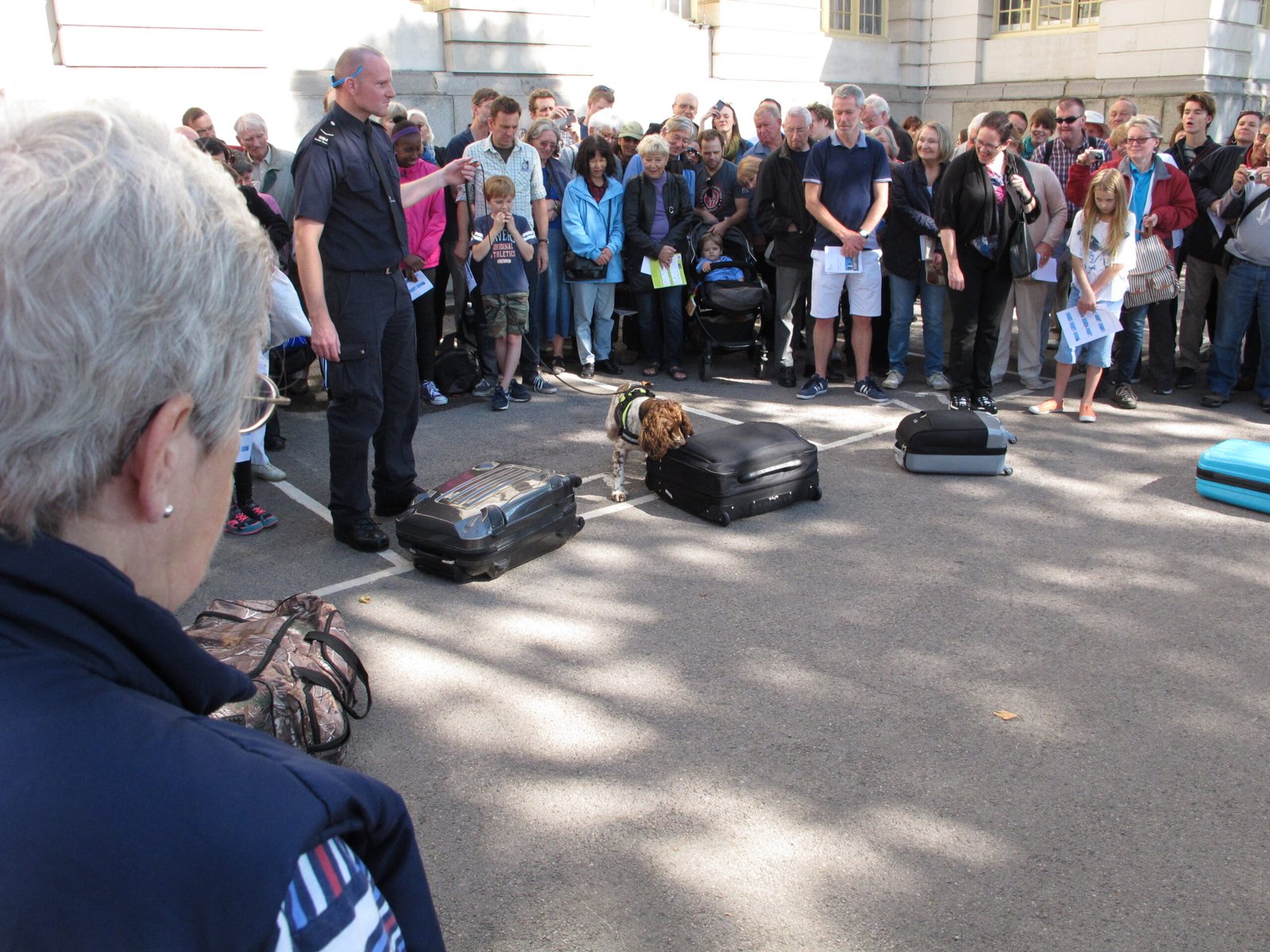
Dogs have a unique way of bringing people together. In many conservation projects, local communities are invited to meet the working dogs. This breaks down barriers and builds trust, making people more likely to support conservation efforts. Children are especially captivated by these canine heroes, and their excitement can inspire families to get involved in protecting wildlife. The joyful presence of a dog can turn a serious message into something personal and unforgettable.
Training and Bonding: What It Takes to Make a Conservation Dog

Training a conservation dog is a labor of love and patience. It starts with careful selection—dogs need the right temperament, drive, and curiosity. Trainers use positive reinforcement, turning the search for scents into a fun and rewarding game. The bond between handler and dog is vital; they become a team, trusting each other completely. This connection is the secret behind their success, making every mission not just a job, but a shared adventure.
From Shelters to the Wild: Giving Rescue Dogs a Second Chance
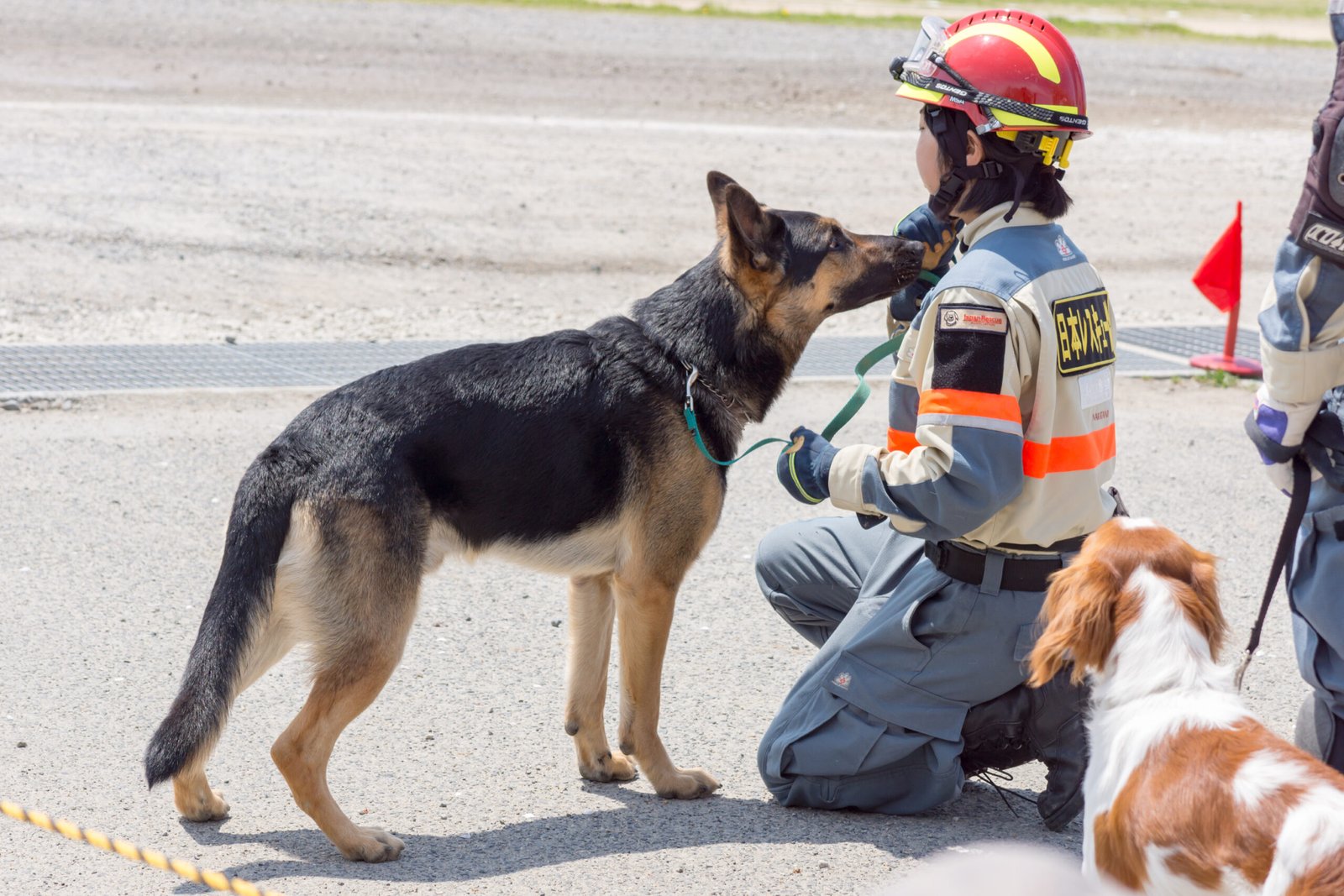
One of the most heartwarming trends in conservation is the use of rescue dogs. Many working dogs come from shelters, where they were once unwanted or overlooked. With the right training, these dogs find new purpose in the wild, helping protect species on the edge of extinction. Their stories remind us of the power of second chances—both for the dogs and the animals they help save. When a shelter dog becomes a conservation hero, it’s a win for everyone, and a testament to the unbreakable spirit of our canine companions.
It’s amazing to see how dogs, with their sharp senses and eager-to-help attitudes, are stepping up as unexpected heroes in the fight to protect wildlife. Their work alongside conservationists is making a real difference—from sniffing out endangered species to guarding precious habitats. These pups show us that teamwork between humans and animals can lead to powerful results. So next time you see a working dog, remember—they might just be helping save the planet, one paw print at a time.

Andrew Alpin from India is the Brand Manager of Doggo digest. Andrew is an experienced content specialist and social media manager with a passion for writing. His forte includes health and wellness, Travel, Animals, and Nature. A nature nomad, Andrew is obsessed with mountains and loves high-altitude trekking. He has been on several Himalayan treks in India including the Everest Base Camp in Nepal.






